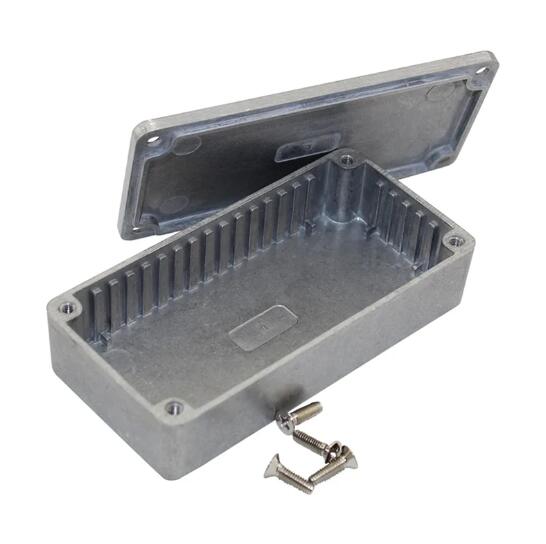Overcoming Challenges: CNC Machining Aluminum Blocks for Electrical Accessories
2024-04-28
CNC (Computer Numerical Control) machining of aluminum blocks for electrical accessories offers precision and versatility, but it also comes with its own set of challenges. From material properties to intricate designs, manufacturers must navigate various obstacles to produce high-quality components. Let's explore the main challenges faced in CNC machining aluminum blocks for electrical accessories and how they can be overcome.
1. Material Properties
Challenge: Aluminum, while lightweight and conductive, can be prone to issues such as built-up edge, chatter, and thermal deformation during machining.
Solution: Utilize appropriate cutting parameters, tool coatings, and coolant strategies to minimize heat generation and tool wear. Opt for high-performance tooling specifically designed for machining aluminum to ensure optimal results.
2. Complex Geometries
Challenge: Many electrical accessories feature intricate designs and tight tolerances, requiring precise machining of complex features such as pockets, holes, and threads.
Solution: Implement advanced CAD/CAM software to optimize toolpaths and minimize machining time while maintaining accuracy. Utilize multi-axis CNC machines capable of simultaneous machining from multiple angles to access difficult-to-reach areas and achieve complex geometries.
3. Surface Finish Requirements
Challenge: Electrical accessories often require smooth surface finishes to ensure proper functionality and aesthetics. Achieving the desired surface finish can be challenging, especially with complex shapes.
Solution: Employ proper cutting strategies, including climb milling and high-speed machining, to minimize tool marks and achieve finer surface finishes. Consider post-machining processes such as polishing, sanding, or bead blasting to further improve surface quality.
4. Chip Control
Challenge: Aluminum can produce long, stringy chips that can interfere with machining operations, lead to poor surface finishes, and pose safety hazards.
Solution: Optimize cutting parameters to promote chip breaking and evacuation, such as using higher spindle speeds and lower feed rates. Implement chip management strategies such as through-spindle coolant and chip augers to efficiently remove chips from the work area.
5. Dimensional Stability
Challenge: Aluminum blocks may experience dimensional changes due to thermal expansion and contraction during machining, affecting part accuracy.
Solution: Maintain stable machining environments by controlling temperature and humidity in the machining area. Consider using fixtures and workholding solutions designed to minimize distortion and vibration during machining.
6. Tool Wear and Tool Life
Challenge: Machining aluminum can cause rapid tool wear and reduced tool life, impacting machining efficiency and cost.
Solution: Select high-quality cutting tools made from carbide or high-speed steel with appropriate coatings for aluminum machining. Implement tool monitoring systems to detect tool wear and replace tools proactively before they compromise part quality.
7. Tight Tolerances
Challenge: Electrical accessories often require tight tolerances for proper fit and functionality, posing a challenge for maintaining accuracy throughout the machining process.
Solution: Implement stringent quality control measures, including in-process inspections and post-machining measurements, to verify dimensional accuracy and ensure compliance with tolerances.
Conclusion
CNC machining of aluminum blocks for electrical accessories presents several challenges, from material properties to intricate designs and tight tolerances. However, with the right tools, techniques, and strategies, these challenges can be overcome to produce high-quality components that meet the demands of modern electrical systems. By leveraging advanced machining technologies and adhering to best practices, manufacturers can address these challenges effectively and deliver reliable, precision-engineered electrical accessories.



